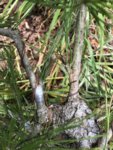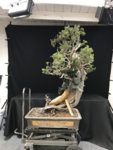linlaoboo
Mame
Hi gurus,
This is my 1st pine that survived after field grown for 4 years and potting it last summer. Barry gave me a few years ago and said they r Scots pines but I'm not so sure since their needles can be very stiff that they hurt my skin every time trying to prune them. I just finished chopping the top off, decandled and did the 1st wiring. I wonder what should be done to increase its chance of survival? If it survives what can be done to improve it? IT suffers from not having enough staggered branches they all seem to come from the same 2 locations on the trunk and the lack of trunk taper between the lower level and the higher level are my concerns.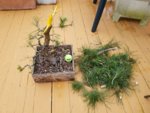
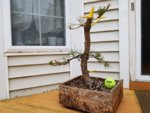
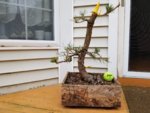
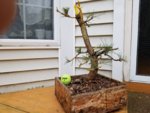
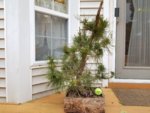
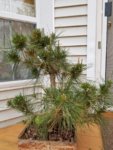
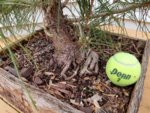
This is my 1st pine that survived after field grown for 4 years and potting it last summer. Barry gave me a few years ago and said they r Scots pines but I'm not so sure since their needles can be very stiff that they hurt my skin every time trying to prune them. I just finished chopping the top off, decandled and did the 1st wiring. I wonder what should be done to increase its chance of survival? If it survives what can be done to improve it? IT suffers from not having enough staggered branches they all seem to come from the same 2 locations on the trunk and the lack of trunk taper between the lower level and the higher level are my concerns.








